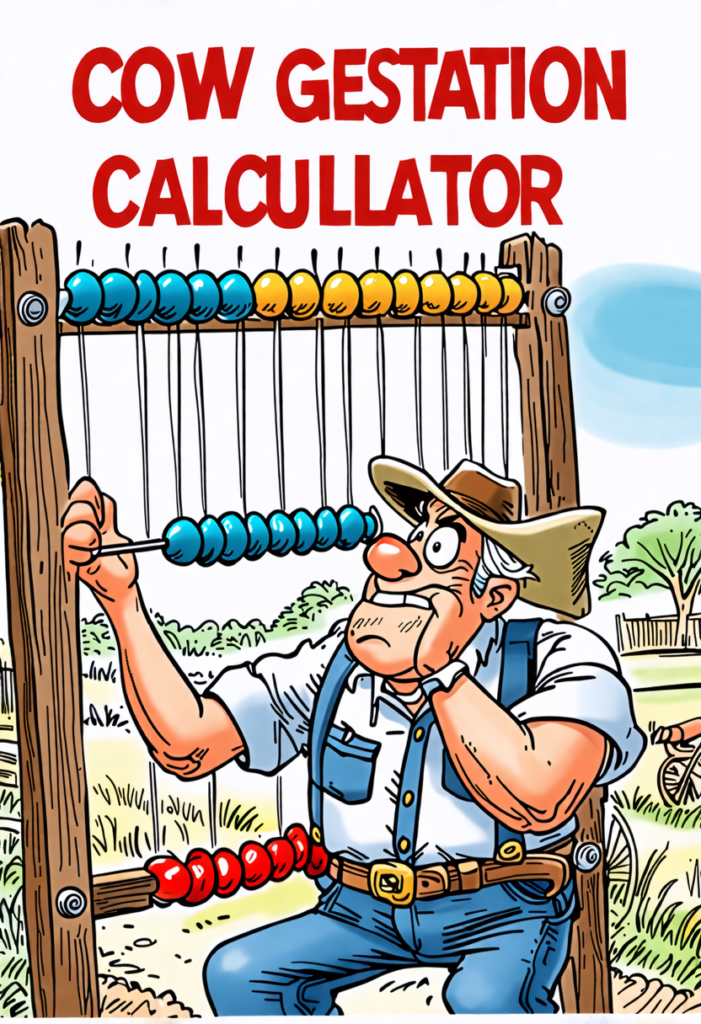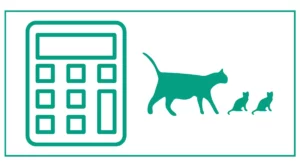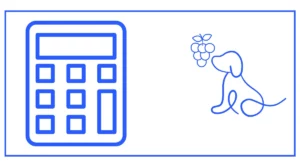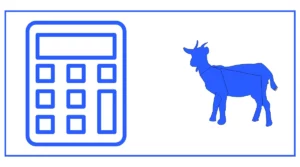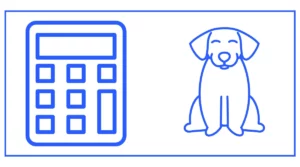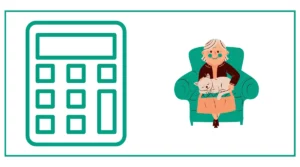Cow Gestation Calculator
This cow gestation calculator helps you calculate dates when the calving will start and the end of the postpartum.
Select the date when the cow was exposed and whether these are the first calvers.
Cows gestate for nine months (or 279 to 292 days). However, breed and calf sex affect gestation length.
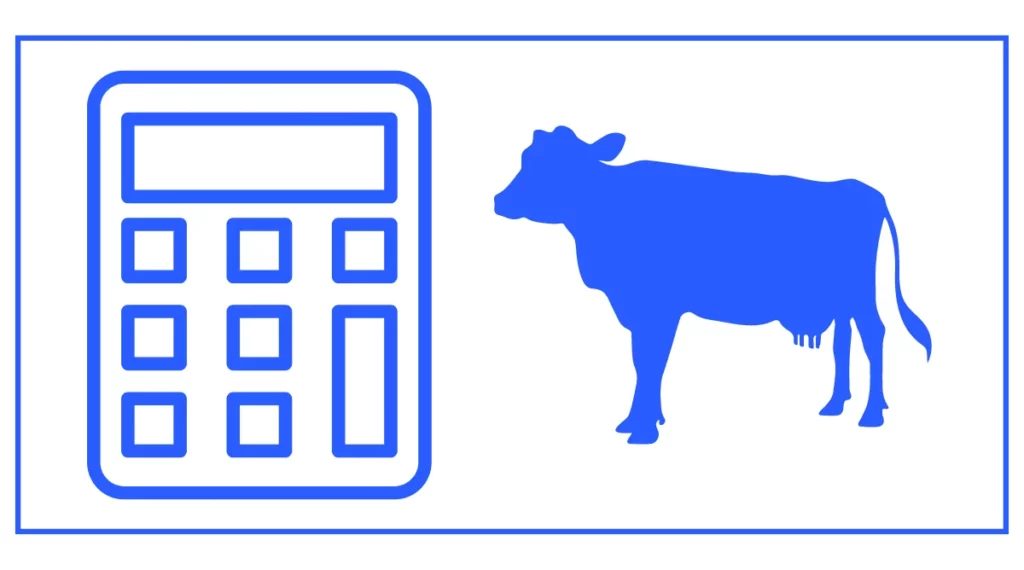
You might want to determine your dog’s pregnancy or heat cycle.
What is a Gestation Calculator?
A gestation calculator is a tool designed to help farmers, ranchers, and veterinarians estimate the expected calving date based on the breeding or insemination date. For cattle, this calculator takes into account the average gestation period and provides an estimated due date for the calf’s birth.
How to Use the Cattle Gestation Calculator
Using the cattle gestation calculator is straightforward:
- Enter the breeding or insemination date in the “Exposed” field.
- Select whether the cow is a first-calver or not.
- Click the “Calculate” button.
The calculator will then display the estimated calving start date and the end of the postpartum period.
Understanding Cattle Gestation Periods
The average gestation period for cattle is approximately 283 days. However, this can vary slightly depending on factors such as breed, genetics, and individual animal characteristics.
Gestation Length by Breed
Different cattle breeds may have slightly different average gestation lengths:
- Angus: 279-283 days
- Hereford: 281-285 days
- Charolais: 283-287 days
- Holstein: 278-282 days
- Jersey: 277-281 days
It’s important to note that these are averages, and individual animals may deviate from these ranges.
Factors Affecting Gestation Length
Several factors can influence the length of gestation in cattle:
- Breed: As mentioned earlier, different breeds may have slightly different average gestation lengths.
- Genetics: Within breeds, there can be genetic variations that affect gestation length.
- Age of the cow: Younger cows tend to have slightly shorter gestation periods compared to older cows.
- Calf gender: Male calves are often carried for 1-2 days longer than female calves.
- Season: Some studies suggest that gestation length may be slightly shorter in summer months compared to winter months.
- Nutrition: Proper nutrition during pregnancy is crucial for both the cow and the developing calf.
The Importance of Accurate Calving Date Prediction
Accurately predicting calving dates offers several benefits for cattle management:
- Improved birth monitoring: Knowing when to expect calves allows for better preparation and monitoring during the calving season.
- Nutritional management: Adjusting feed rations based on the stage of pregnancy helps ensure optimal health for both the cow and the developing calf.
- Vaccination scheduling: Certain vaccinations are best administered at specific times during gestation to protect both the cow and the calf.
- Facility preparation: Preparing calving areas and ensuring necessary equipment is ready before the calving season begins.
- Labor management: Scheduling staff or personal time to be available during the expected calving period.
Using the Gestation Calculator for Herd Management
The gestation calculator can be a valuable tool for various aspects of herd management:
Breeding Program Planning
By using the calculator to determine expected calving dates, you can plan your breeding program to ensure calves are born during the desired season. This is particularly important for operations that aim for seasonal calving.
Culling Decisions
The calculator can help identify cows that may have conceived later than expected, which could influence culling decisions based on reproductive performance.
Nutritional Management
Knowing the stage of gestation allows for more precise nutritional management. For example:
- First trimester: Maintain normal nutritional levels
- Second trimester: Slight increase in nutritional requirements
- Third trimester: Significant increase in nutritional needs, especially in the last 60 days of pregnancy
Health Management
The gestation calculator can assist in timing important health interventions:
- Vaccination schedules: Certain vaccines are best administered at specific stages of pregnancy
- Deworming: Some deworming treatments are safe only at certain stages of gestation
- Pre-calving checks: Schedule veterinary checks in the weeks leading up to the expected calving date
Beyond the Calculator: Additional Considerations
While the gestation calculator is a useful tool, it’s important to remember that it provides an estimate based on average gestation lengths. Other factors to consider include:
Signs of Approaching Calving
As the calculated calving date approaches, watch for signs that birth is imminent:
- Udder development and filling
- Relaxation and swelling of the vulva
- Restlessness and isolation from the herd
- Mucus discharge
Post-Calving Management
The calculator also provides an estimate for the end of the postpartum period. This information is valuable for planning:
- When to resume breeding
- Nutritional adjustments for lactation
- Health checks for both cow and calf
